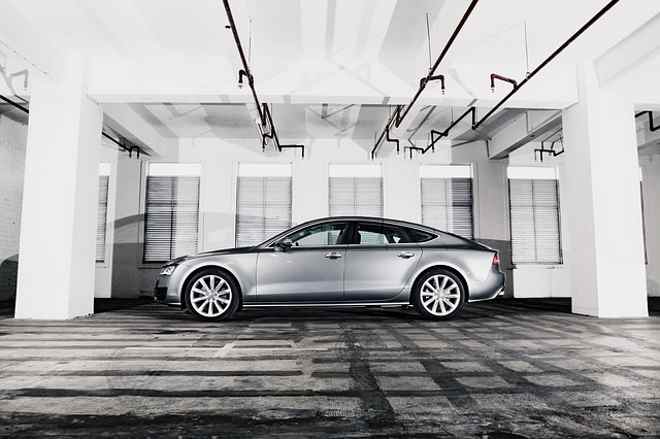Decoding the Allure of Minimalist Fashion: The Intentional Style Statement
Minimalism: a term that has sparked a global movement in art, design, and now fashion. No longer just a design aesthetic, the minimalist trend has taken the fashion industry by storm, presenting a stylish yet sustainable alternative to the excessive consumption of fast fashion. This article delves into the roots of minimalist fashion, its current trends, and its impact on the retail industry and consumer behavior.

Origins of Minimalist Fashion: Less is More
Minimalist fashion finds its roots in the minimalist art movement of the 1960s, where the focus was on the essentials, discarding any unnecessary elements. The fashion industry embraced this ideology in the 90s, led by designers like Jil Sander and Calvin Klein. The minimalist style represented a break from the ostentatious power dressing of the 80s, favoring neutral tones, clean lines, and simple silhouettes.
Minimalist Fashion Today: A Modern Interpretation
In recent years, minimalist fashion has seen a resurgence, particularly in response to the excesses of fast fashion. Current trends lean towards timeless, high-quality pieces that promise versatility and longevity. The minimalist wardrobe is characterized by a limited color palette, focusing on monochromes and neutrals, and classic, clean-cut designs. It’s about making a statement with less, proving that simplicity can be striking.
The Appeal and Influence of Minimalist Fashion
The minimalist fashion trend is more than just a style preference. It’s a conscious choice driven by an increasing awareness of sustainability and a desire for intentional consumption. For many, it’s a way to declutter their lives and focus on quality over quantity. This shift in consumer behavior has had a significant impact on the fashion industry, encouraging brands to focus on ethical production practices and durable, timeless designs.
The Minimalist Influence on Shopping Behavior
The rise of minimalist fashion has transformed shopping habits as well. Consumers are moving away from impulse buys and seasonal trends, instead investing in versatile, long-lasting pieces. This ‘less is more’ approach has led to a change in retail strategies, with brands focusing on creating high-quality, timeless pieces that appeal to the minimalist shopper.
Practical Insights for Embracing Minimalism in Fashion
-
Start with decluttering your wardrobe, keeping only the pieces that you truly love and wear often.
-
Invest in high-quality basics. They form the foundation of a minimalist wardrobe.
-
Stick to a neutral color palette with occasional pops of color for versatility.
-
Quality over quantity – go for durable materials that will stand the test of time.
-
Remember, minimalism is about intentionality, not deprivation. It’s about choosing less, but better.
Conclusion
Minimalist fashion represents a shift from the excessive consumption of fast fashion towards a more sustainable, intentional approach to style. It’s about quality over quantity, longevity over fleeting trends, and simplicity over complexity. By embracing minimalism in fashion, we can make a stylish statement while also making a positive impact on the environment and our wallets.




